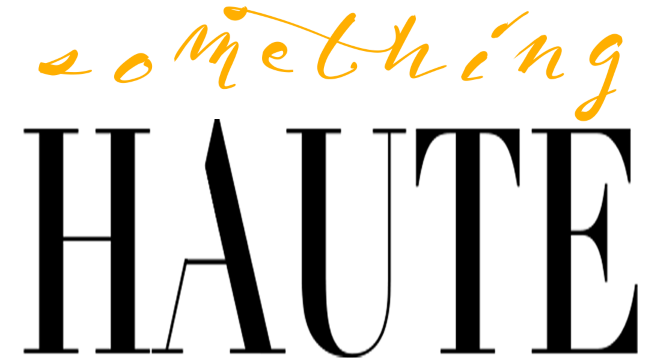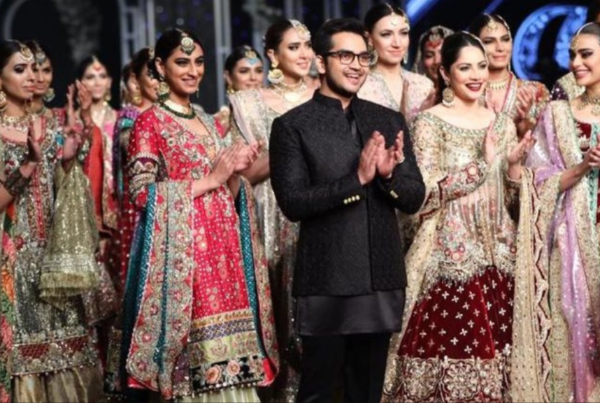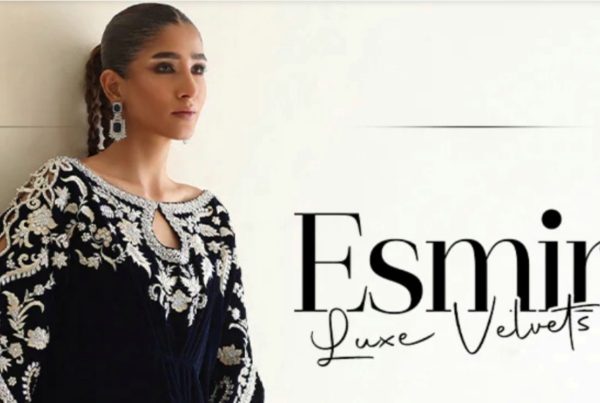Much like anything related to the arts in Pakistan, fashion exists in its own vacuum, with its own set of aficionados, and its own set of critique, and its own style of life. However, even in such a vacuity, deciphering the business of fashion from the excellence in craft remains difficult and often a hard topic for many to discuss. However, if there is one designer who understands the mix completely and manages to explain eloquently their fashion ideologies, all the while maintaining a charm that is uniquely old world, it has to be none other than Amir Adnan.
The designer, who like an institution has remained the backbone of Pakistani menswear, spoke exclusively to Something Haute, as he explained why commercial based shows like the recent Bridal Couture Week amongst others is as important as any other show by PFDC or FPC.
Something Haute: You have been a regular at most fashion weeks around Pakistan; do you feel that one needs a number of fashion shows, especially shows like BCW that are happening, for fashion to exist?
Amir Adnan: You see, a group of people or a certain profession, like the fashion industry, textile industry, or councils such as leathers or other, they would basically promote the excellence in their craft or industry. So, when events held by a certain council are held they are solely meant for the promotion of what they stand for and hence, are critically acclaimed events. They are not exclusive either but they hold onto their purpose. However, other events of similar nature may take place because of course everyone has a right.
So, shows like BCW or others may take place, but they are not meant for the same purpose. Their purpose is commercial, and it is at the end of the day software for a television network. It is not meant for critical acclaim or the promotion of the excellence in fashion design and neither do they claim to so. Thus, we must not confuse BCW and commercial shows to fashion weeks; their objectives are completely different in nature. For example, Lux Style Award may hold a fashion category but its purpose is totally different. Hence, the audience is contrasting, the quality of people who participate is completely different, and thus, the level of critique should be totally different.

SH: So then, are such shows used solely as platforms for commerce?
AA: If for example, we advertise on television, how would that be for the promotion of the excellence of my designs? No, it would be for commercial reasons. So, either I pay for airtime on television, which is going to cost more, or I use the BCW platform and enjoy a certain amount of airtime in the next months! However, if I participate in a fashion show or week organized by a certain fashion council, I do so, to promote my design. There, I look for critical acclaim and for people to notice the stuff I’ve done. Which, unfortunately, not a lot of people do, since the people who critique are not very well-versed and miss out on the things designers do and often miss out on the entire purpose of things.
I do BCW and such shows solely for commercial reasons and not for design excellence; I may achieve it from such shows too but that’s not my intention. My intention here and probably everywhere else is purely to reach out to our audience, who then become our buyers. Our fashion industry compared to other things is not as developed yet, thus the purpose remains to find potential buyers. We don’t have places like Harvey Nichols and such here that’d order in bulk; hence, with places like BCW, I get that commercial mileage that I need.
SH: How does one then look at fashion; through craft or business? Or both?
AA: Today, we’re in the business of fashion, I am a designer but I also need to sell. So, both sides commercial and critical acclaim play a huge role. However, critical acclaim doesn’t ensure my clothes being sold, so both are required. Craft is one thing, and one can go ahead and give acclaim to my designs, nice of critics to do that, but I also need to sell it, and thus, critical acclaim has nothing do with my promotion; it does not even reach to the audience at times. Only a very select few look at critical acclaim and they are not large enough to sustain the commercial side of it.

SH: How challenging is the business of menswear in 2017? Has it become easier or harder?
AA: It is a bit of both. I have 27 years of experience behind me, so I do have that edge of being around for a longer time and I understand the business and market better, and I have a solid loyal customer database that I can rely on, and we’ve understood the business, that is the advantage. But yet, it gets tougher every year because the market is growing, and new entrants are entering into it, and they already know what you’ve done in the last 27 years, so, they already have a head start. They can start from what you’ve learned so far and they can add to it, so that puts them on almost the same footing as one is. It is more challenging as time passes; the costs of sustenance are getting higher.
People who can manage to sustain those costs are coming in. for example, if a huge textile mill decides to enter the market today, they have a lot more behind them to compete from. They can open up ten stores and ten times the size of ours in one day. They can hire the best of assistants and commercial coverage that we cannot afford. But, we have twenty-seven years of achievement that they don’t have!
SH: What’s next for Amir Adnan?
AA: We’re doing a lot of things. We’re definitely doing both the councils, and in total, it usually is about six shows a year at least. Then, there’s an odd show here and there. But, generally, we stick to these six shows as they cover all the markets in Pakistan and the two fashion seasons. Now, we’ve also started doing our internal shows –out of which two we’ve already done, which are own personal shows that have our own set of models, audience and haven’t been open to the public or the media yet. So, apart from the general six shows, we end up doing twelve additional shows.
The next thing that we’re doing is happening actually this month –along with a model hunt, it’s training professional students from various universities in Karachi, who then arrange shows by them, for their audience. They are fabulous people from all across institutions, and through them we’re reaching out to newer audiences. Right now, we haven’t invited bloggers or journalists, but the whole point is to create newer markets through them.

SH: On a parting note is there anything that you’d like to say?
AA: I feel that fashion has to be addressed on a different level, but then again, that is my own personal preference. We aim to reach to different people and different income strata and that’s why we’re visible at various different platforms.




